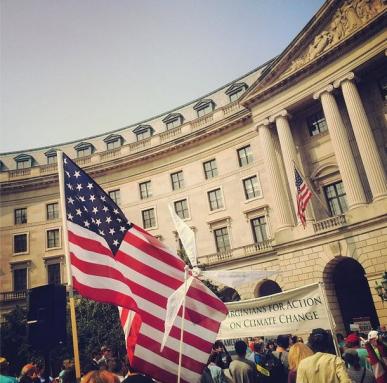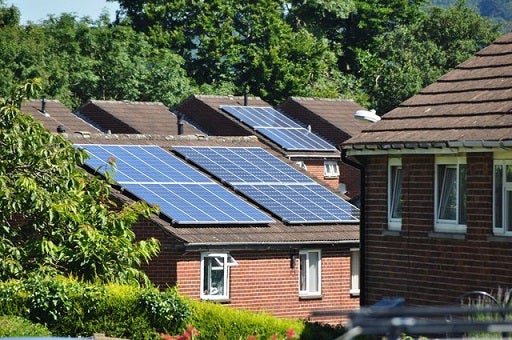
Image of the DC rally outside the EPA hearings. Photo by Heather Shelby.
By: Dan Upham, writer and editor
Across the country this week, the U.S. Environmental Protection Agency (EPA) held public hearings to solicit comments about its Clean Power Plan, which will put the first-ever national limits on the amount of climate pollution that can be emitted by power plants. EDF’s president, a senior attorney, and a clean energy specialist were among the hundreds of Americans who testified in support of the Plan. As these selections from EDF staff testimonies illustrate, the Plan offers moderate, flexible, and necessary measures to address climate change at the federal and state levels.
It’s necessary: The climate is changing across the U.S.
“The stakes are high in Colorado as hotter temperatures, reduced winter snowpacks, and more frequent droughts are expected to decrease Colorado River streamflows.
Our treasured Rocky Mountain ecosystems are especially susceptible to climate change impacts, and high elevations have already experienced temperature increases at rates three times the global average.
Increased warming, drought, and insect outbreaks have increased wildfires and impacts to people and ecosystems throughout the West.” – Graham McCahan, a senior attorney with EDF’s U.S. Climate and Air legal team.
“The Southeast is the region expected to be the most affected by increasing temperatures. Extremely hot days – 95°F or above – could cause a decrease in labor productivity by 3.2% in the construction, mining, utilities, transportation, and agricultural sectors. Extreme heat also is projected to cause 11,000 to 36,000 more deaths each year.” – Greg Andeck, EDF’s North Carolina senior manager, Clean Energy.
“The bottom line is that we cannot continue down the path of unlimited pollution.” – Fred Krupp, EDF’s president. Read More »















